No, not that kind of sugar baby! The term sugar baby is commonly used within the diabetic dog pawrent community as a term of endearment to describe our poor puppers who have been diagnosed with diabetes. Exactly a year ago, on 29 November, my Pomeranian Summer (aka Gou Gou) was diagnosed with type 1 diabetes, a condition characterized by high blood sugar levels in the body due to insulin deficiency.

The Diagnosis
I still remember the exact moment I received the awful news like it was yesterday. I had just arrived in China, and was in the car with my dad when he read out a text message from my mom saying that Summer had been hospitalized.
Summer had suffered bouts of vomiting and experienced excessive thirst the day before. After a night of intense vomiting, my mom rushed her to The Joyous Vet where she received a preliminary diagnosis of diabetes and was hospitalized. My initial thought was to catch the next flight back to Singapore, but my dad dissuaded me and assured me that she would be fine. Thus, began the dreadful wait of receiving more information on Summer’s condition and prognosis.

By the time Summer was hospitalized, she had already developed diabetic ketoacidosis (DKA). In simple terms, DKA is a life-threatening condition where the body has extremely high blood sugar levels due to a lack of insulin to break down glucose into a form that the cells can use for energy. The body then starts to break down fat and protein as a means of obtaining energy. This results in the body becoming more acidic and not being able to maintain the right fluid balance.

If left untreated, DKA would result in death. Summer had one paw in the grave and time was of the essence.
The Hospitalization
I was finally reunited with Summer at the clinic three days after her diagnosis.
I bawled the second I laid my eyes on Summer. She looked spiritless, disheveled, and had lost a lot of weight. The vet techs told me that Summer’s appetite was extremely poor. She refused to eat and had to be force fed blended kibble via a syringe. My heart sank when my usually greedy dog declined the snacks that I had brought her.
The attending vet informed me that while Summer’s condition had improved, her illness was still in a critical stage as her blood glucose levels were still sky-high. The vet acknowledged that the clinic could only check on her during operating hours and I was given the option to transfer Summer to a 24-hour clinic so that she could have her vital signs monitored more frequently. Nevertheless, we decided that Summer would remain at The Joyous Vet for the rest of her treatment to reduce the stress of moving her from one place to another.
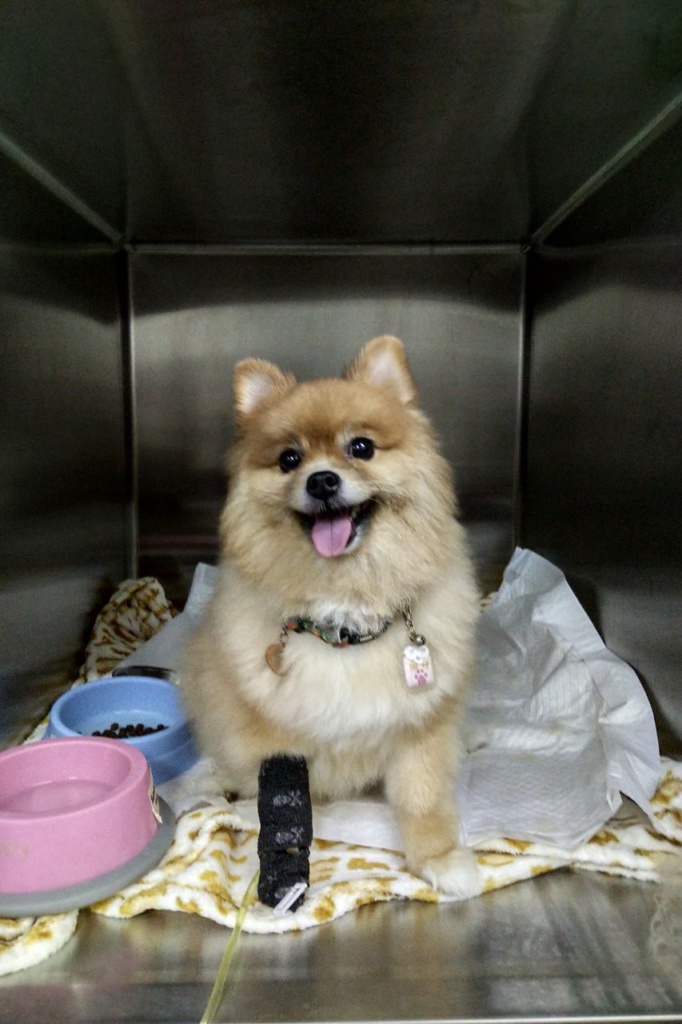
While it pained me greatly to see a listless Summer cooped up in a metal box, I knew it was necessary for her recovery, and assured her repeatedly that I would bring her home soon. We could only wait and hope for the best. Her condition improved slowly but surely over the next few days and she started enjoying food again.

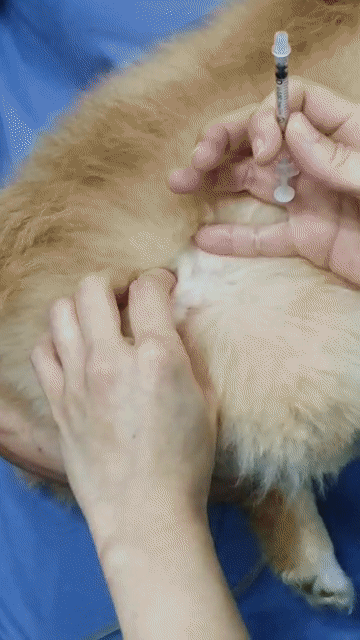
All in all, Summer was hospitalized at The Joyous Vet for eight days. It was a difficult period for both of us, but we had family and friends visit and root for her recovery. While her discharge marked the end of her hospitalization, it also marked the beginning of our onerous journey with the chronic disease.
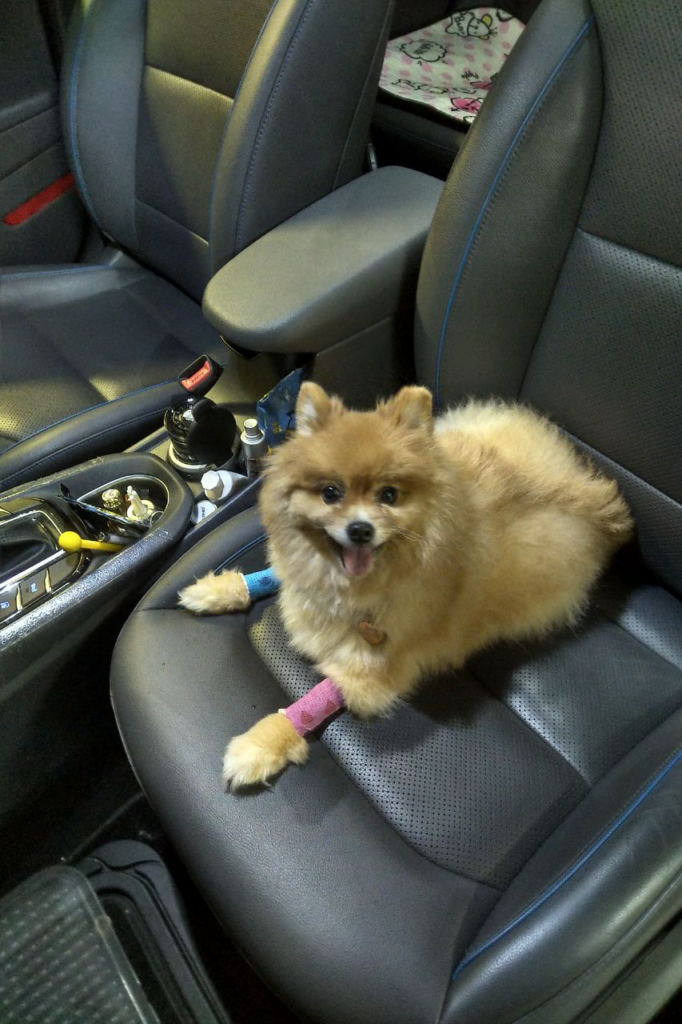
Adapting to Life with Diabetes
Summer’s diagnosis meant a change in lifestyle not just for her, but for me, and her other caretakers too.
I used to feed Summer just once a day, but diabetic dogs are required to have equal portioned meals twice a day at the same time every day, 12 hours apart, right before their insulin jabs. As a result, my daily routine now revolves around her mealtimes. I have to wake up at the same time every morning (even on weekends!) and rush home after work so she will get her meals and jabs on time.

Neither my mom nor I had experience with giving injections. In fact, we were initially squeamish when handling the syringe. However, for the sake of Summer, we had to overcome our aversion to needles and learn to jab her.
As Summer had developed a fear of syringes at the clinic, we had great difficulty giving her injections at home. Whenever she saw the syringe, she would leap to her paws and run away from us. Even when we got hold of her, she would struggle and writhe vigorously in agony while making multiple attempts to nip us.


My heart shattered into a million pieces as Summer had never behaved so aggressively toward me. Her aggression escalated with the days, and the injections were harder and harder to administer. There had been times when I broke down in desperation after a failed attempt, and had even forgone injections as it just seemed impossible to jab her without hurting either of us. In one instance, I even invited a delivery personnel into my home to assist me with the injection.
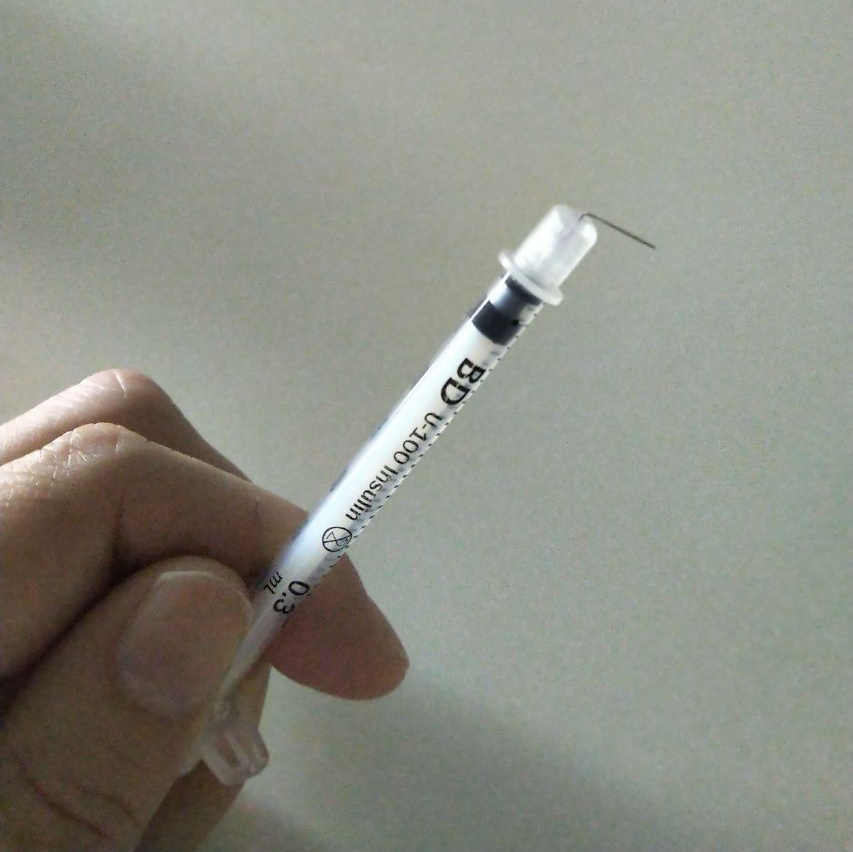
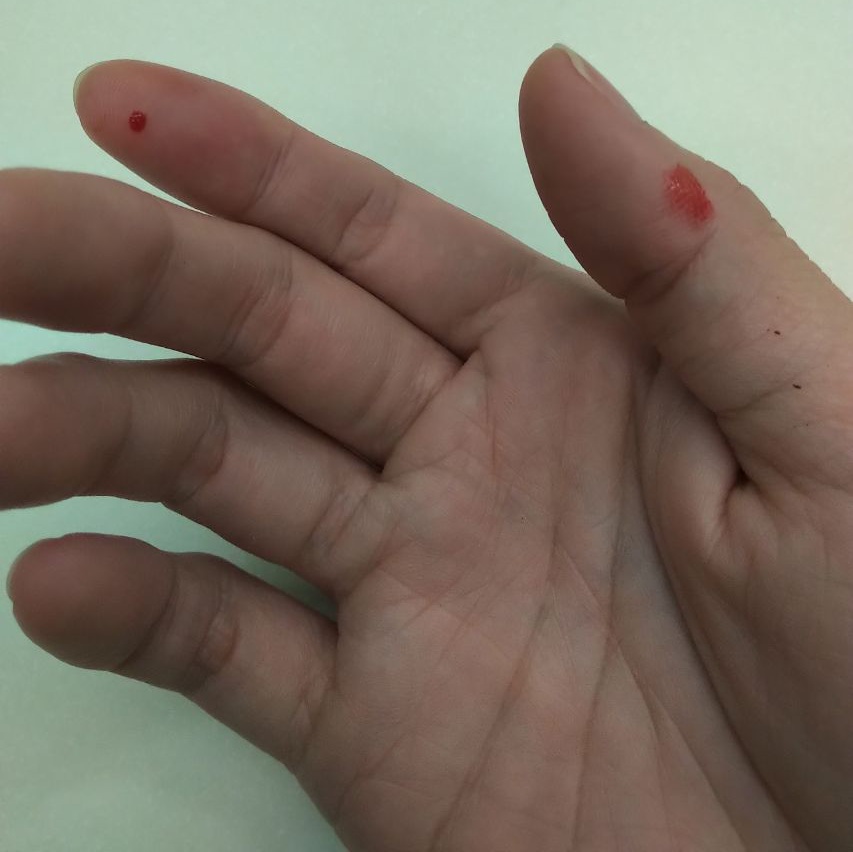
Thankfully, I managed to get my hands on the Autoject, an auto-injector device that hides the syringe and pushes the needle into the body at the press of a button!
After conditioning Summer to the noise and feel of the Autoject, injections are now pain-free (for both of us) and take less than a minute, as compared to as long as 30 minutes before. These days, she gets so excited to see the Autoject that she would run to her feeding mat to receive her injection!
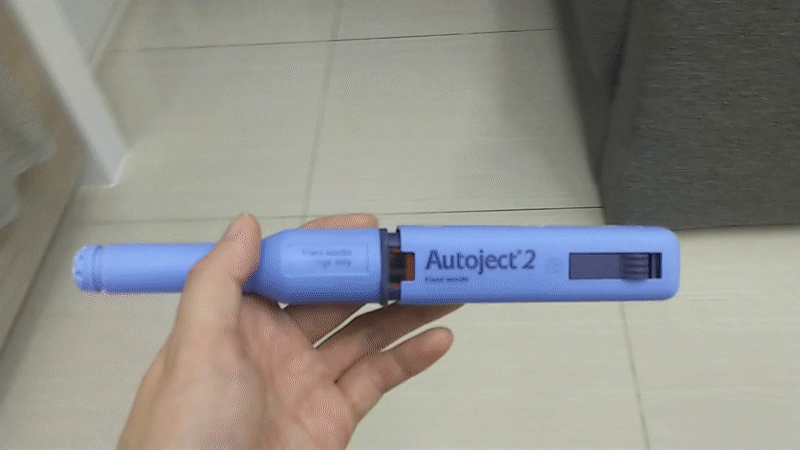
Besides switching to diabetic kibble, I also disposed of all the off-the-shelf snacks that I had bought for Summer as they were no longer suitable for her diet. I began trawling the internet for treats that were suitable for diabetic dogs, and visited a few dog bakeries to purchase healthy, human grade treats. One of the bakeries that stood out was Feed My Paws. Summer and I were greeted by Crystle, who very patiently listened to my concerns, and provided recommendations based on her personal experience of having a diabetic dog too! Feed My Paws treats are now a staple part of Summer’s diet.

Living with a diabetic dog and managing the condition is a steep learning curve. But whenever I saw the smile on Summer’s face, I knew that the struggles were worth it.
Happy Days Ahead
A diabetes diagnosis is not a death sentence for your precious pet. Admittedly, I was fraught with fear and anxiety that I would lose my fur baby when she was first diagnosed. However, with research and support from other pawrents in similar circumstances, I soon learned that diabetes is a fully manageable condition. A little love, care, and patience will go a long way towards helping your sugar baby live its best life with fulfilling, blissful years to come. Here’s to Summer, the sweetest dog I’ve ever known!

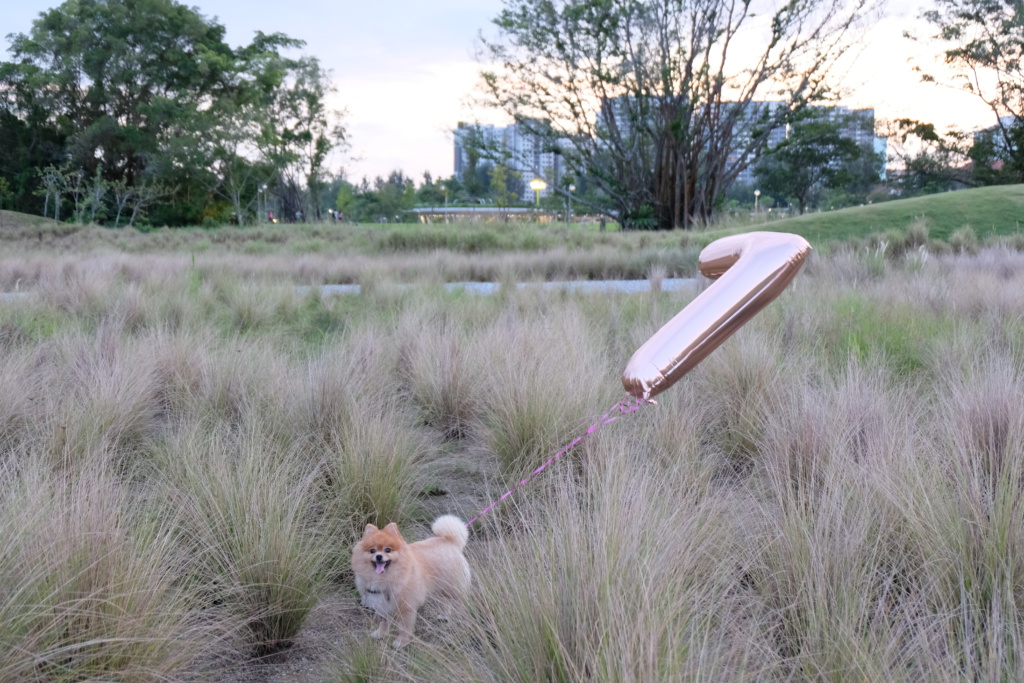
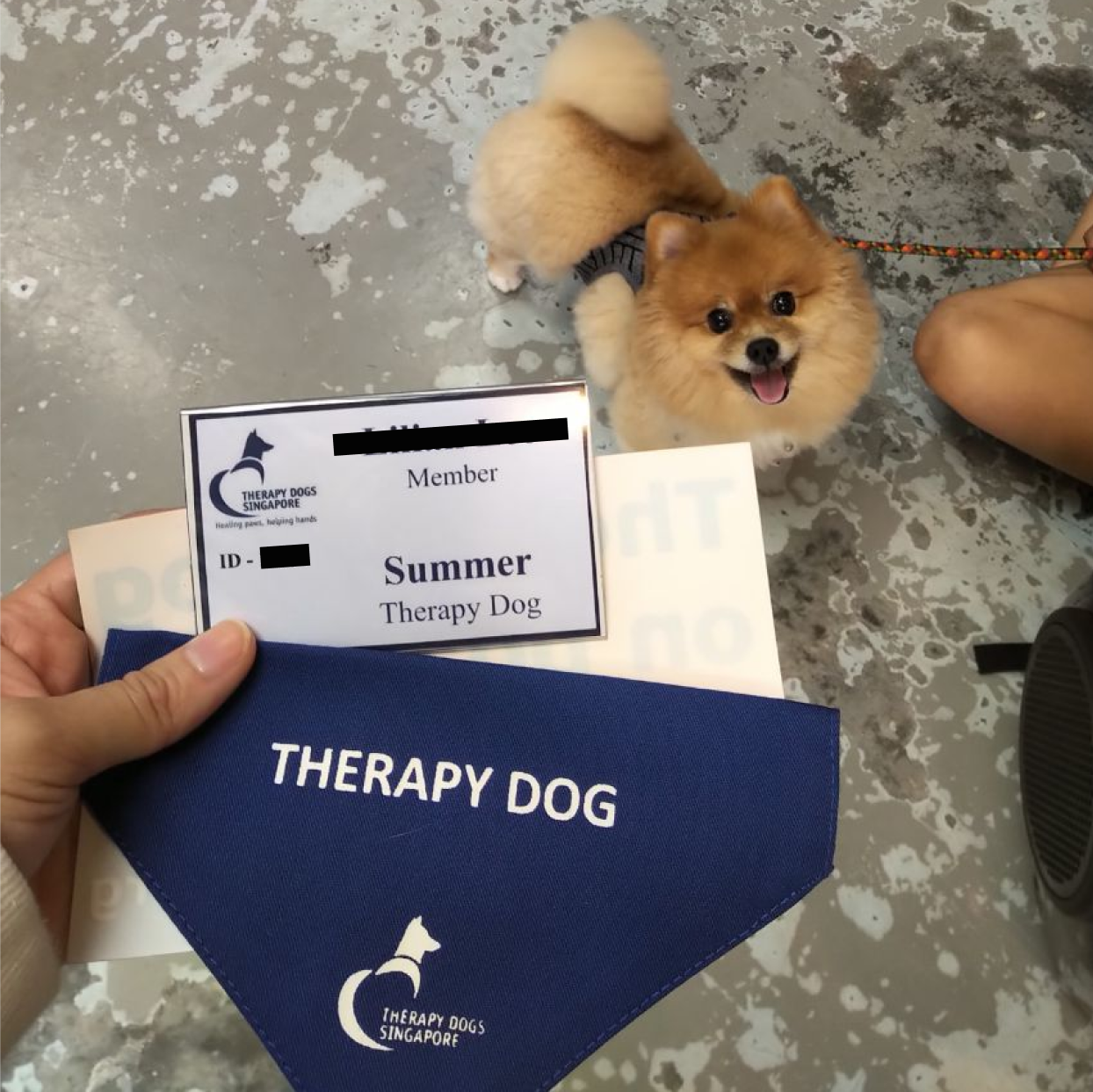
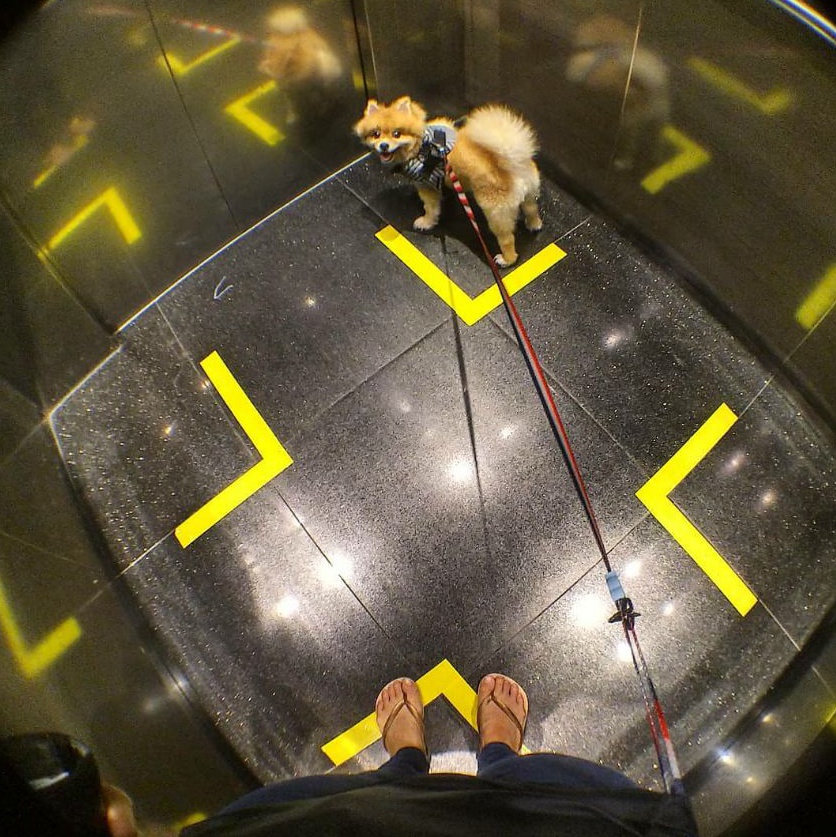

I hope you enjoyed reading about my experience managing my dog’s diabetes. Should you have any questions, feel free to reach out to us!
* This blog is designed to be a community where pet owners can learn and share. The views expressed in each post are the opinion of the author and not necessarily endorsed by Pawjourr. Always consult your veterinarian for professional advice.
